When Cover Crop Plans Meet Dry Conditions
With drought tightening its grip across Illinois, cover crop decisions are anything but straightforward—should you plant now or wait? IL Soy Envoy Torey Colburn, CCA, explains.
Southern Illinois Farmers Needed for ISA Double-Crop Research
Join ISA’s On-Farm Trial Network and help identify the most profitable planting populations for double-crop soybeans in Illinois—sign up today!
Phantom Yield Loss, Test Weight and Harvest Decisions
On the Field Advisor Podcast, Dr. Connor Sible discusses soybean sulfur trials, tissue testing, phantom yield loss in corn, harvest challenges, and farmer involvement in research.
Farmer Cooperators Needed for 2026 Soybean Sulfur Management Trials
Join ISA’s On-Farm Trial Network and put sulfur management strategies to the test on your farm—enroll today!
Do Insecticides Really Pay Off? Join On-Farm Research to Find Out
Take part in ISA’s On-Farm Trial Network and help determine which insecticide strategies truly deliver the best return for Illinois farmers—sign up today!
Let’s Talk NRCS/USDA Conservation Funding
IL Soy Envoy Byron Hendrix explains how farmers can access financial support for conservation practices they already use—or want to add—on their farms.
Blue Skies, Crunchy Lawns, and a Familiar Forecast
September’s warm, dry stretch is raising fire risks in Illinois fields while Mississippi River levels drop and fall weather shifts take shape—read the full weather update from Matt Reardon.
Dicamba Decisions, Glyphosate Debates, and the MAHA Report
Experts break down the latest on pesticide regulations, dicamba and glyphosate updates, applicator training, and what farmers need to know heading into harvest and fertilizer decisions.
Fall 2025 Soil Sampling After Extremely Dry Conditions
Terry Wyciskalla recommends waiting for rain before soil sampling, as dry soils can lead to poor cores and inaccurate results.
Submit Soybeans for the 2025 Quality Survey
Find out how your 2025 soybean harvest measures up—request a free kit today and contribute to the Annual Soybean Quality Survey.

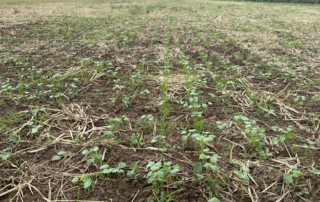
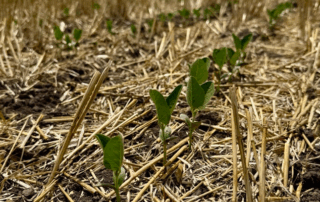
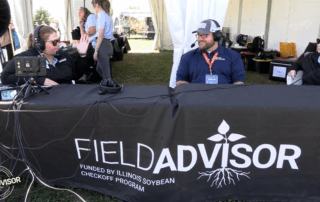
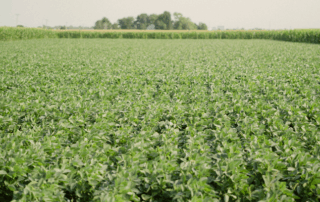
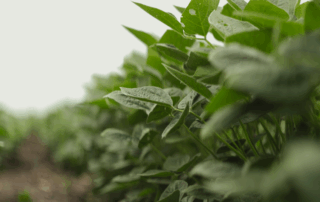
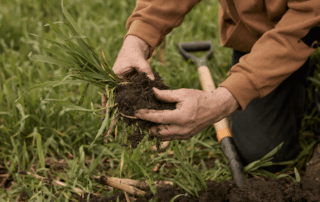
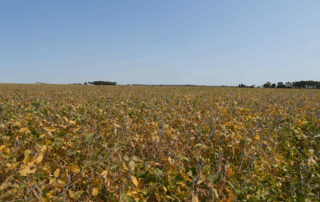
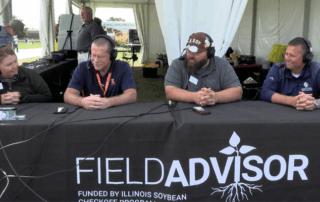
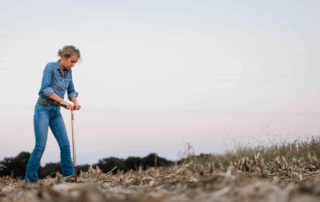


 and then
and then